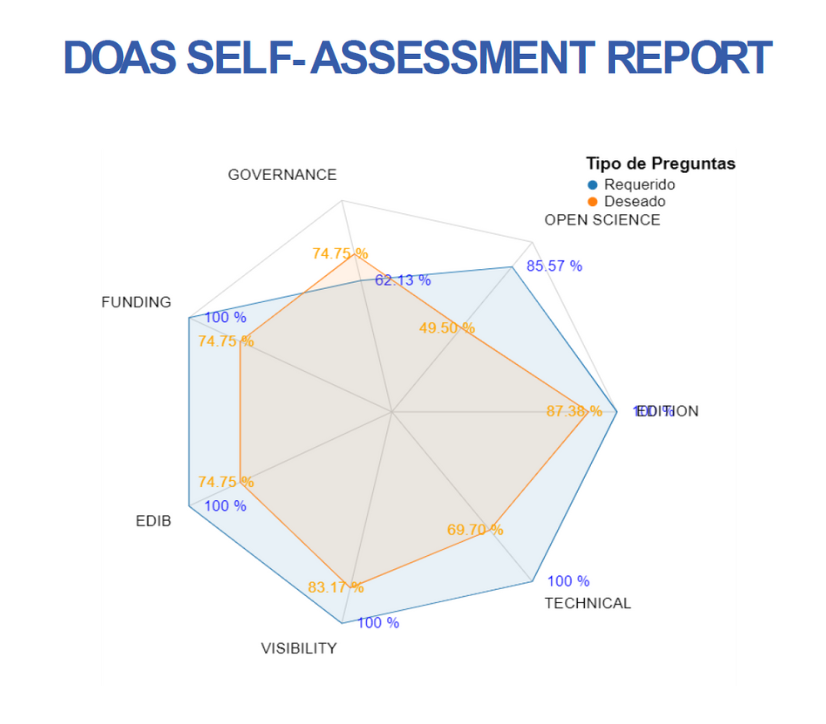Prince T. (2019). Ejercicios de mindfulness en el aula. 100 ideas prácticas [Mindfulness exercises for the class. 100 practical ideas].
Resumen
,
This book is both innovative and traditional. It is traditional because it recovers and activates a series of ideas and processes that were forgotten by the cognitivists and academicism. It is also innovative because it adapts those ideas and dynamics and turns them into specific exercises for the classroom. ,,
Mindfulness (generally translated to Spanish as atención plena o plena consciencia), is it a fashion? Is it a conceptual trend? Perhaps, as the analysis conducted by Ronald Purser suggests, it is a market manoeuvre disguised by the idea of a new spirituality, focused on living in the present moment regardless of the past or future. Is it a simple word to emphasise traditional processes that were neglected for years such as concentration, meditation focussed on self-conscience, emotional education, integral education, etc.? Is it a psychotherapeutic and educational resource needed to regain the internal balance and drive away dysfunctions and other vital issues (stress, existential dissatisfaction, anxiety, pain, sickness, etc.) caused by the dizzying speed of events in the current world? A speed that forces people and communities to change their life into a sort of accelerated existential race as though we were in permanent competition. ,,
Whatever the answer to these questions, and without falling into the naivety of those who claim mindfulness is a revolution that is going to save the orld from a catastrophe, it is true that currently there is a need for channels and tools to stop us being swept away by floods of informationthat appears as quickly as it disappears. This tempestuous and dizzying feature of today’s world creates situations that affect the normal development of childhood, producing stress, anxiety, emotional tantrums or attention deficit to mention just some of the disfunctions that nowadays affect not only children but also the rest of the population. ,,
Mindfulness has been shown to improve the wellbeing of people who practice it because it supports the development of positive socialisation processes that help people just to be instead of to have. These processes are necessary in order to actívate in each of us skills to defend ourselves from the thoughtlessness associated with the stressful race to have more, no matter how and immediately. In summary, when faced with this disposable culture which uses and throws away knowledge, information, relationships, things, etc., mindfulness offers ideas and tools to avoid being swept along by this torrential current. This is because it helps us to observe and use for ourselves not just our personal internal potential and our own experience of the present, but also to transform external elements into positive energy that is valuable for the personal processes of humanizing self-realization, and to act consciously of everyday life. ,,
The book presents 100 mindfulness exercises for use in the classroom. These exercises are arranged in ten blocks or chapters that include: breathing, guided meditation, active meditation, gratefulness, yoga, emotional intelligence, mindful colours and scrawling, calming down and relaxing, mindful walking, and mindfulness for teachers. ,,
How is the book used? To answer that question, it is important to consider theimplications of its subtitle: 100 practical ideas. The mindfulness exercises developed in the book are specific and directly applicable but at the same time they are a source of ideas and processes that make it possible to adapt them to other situations. Indeed, at the end of each exercise there are two sections: a) practical tips; b) further ideas. ,,
The students themselves, the education professionals and teachers, the parents, and anyone who is willing to learn the ideas, dynamics and strategies of mindfulness, will find this book a valuable and versatile resource. This works for both active learning and for managing emotional issues. However, regarding this book only as a handbook would be a mistake, as the practical ideas of each exercise are as useful or more useful then the exercise itself. ,
This is why the book has a double value: ,,,
and calm self-control, so that we know and control ourselves and our environment, and it is not the environment that controls us. ,,
There are many voices that denounce the educational shortcomings of the school, as it has been kidnapped by the dominant academicism, expressed in endless curricula. ,
This book takes a step beyond mere denunciation, offering tools for personal development that can easily be integrated into the school day, as students can adopt and carry them out in an enjoyable and effortless way. ,,
José V. Merino Fernández ■ ,
Citación recomendada | Recommended citation
Fernández, J. M.
(2023)
.
Prince T. (2019). Ejercicios de mindfulness en el aula. 100 ideas prácticas [Mindfulness exercises for the class. 100 practical ideas]..
Revista Española de Pedagogía(1).
https://www.revistadepedagogia.org/rep/vol0/iss1/72
Licencia Creative Commons | Creative Commons License
Esta obra está bajo una licencia internacional Creative Commons Atribución-NoComercial 4.0.
This work is licensed under a Creative Commons Attribution-NonCommercial 4.0 International License









Commentarios | Comments
Prince T. (2019).
Ejercicios de mindfulness en el aula. 100 ideas prácticas [Mindfulness exercises for the class. 100 practical ideas].
Madrid: Narcea. 136 pp.